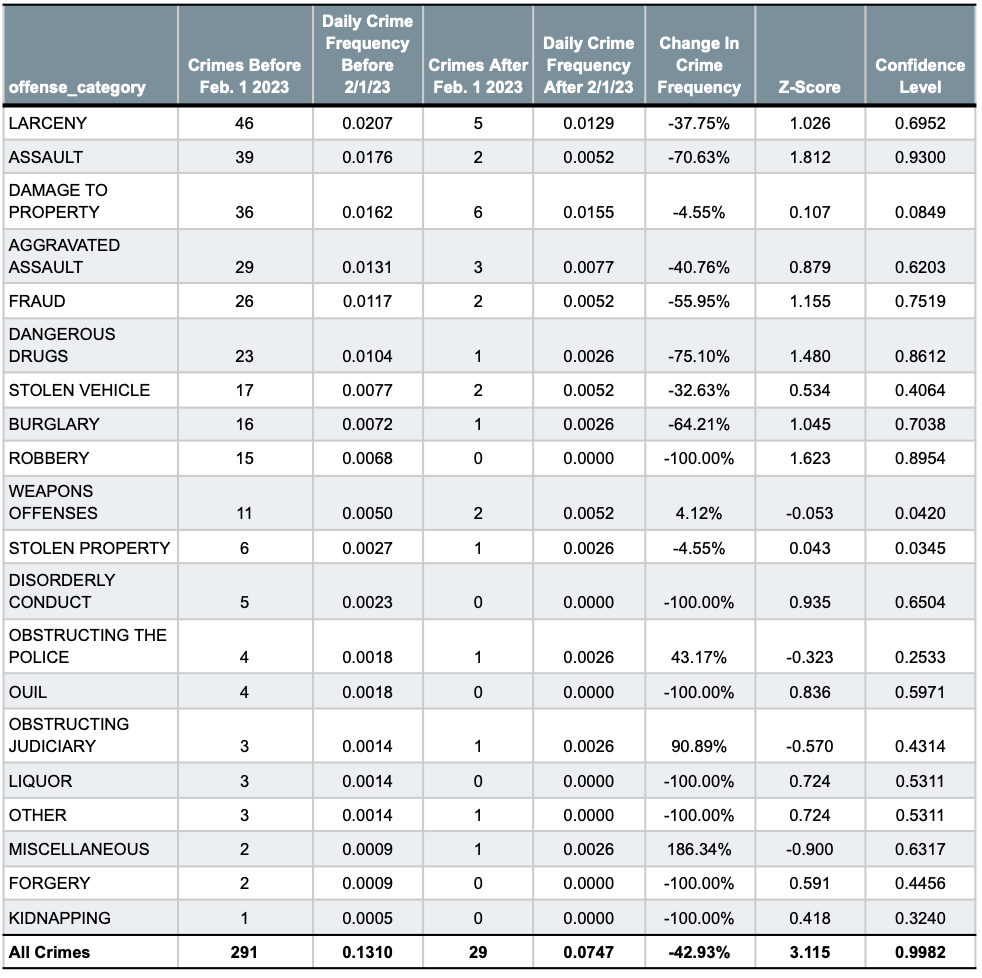We need your help.
Over the past three and a half decades, our nonprofit has turned 400 people into homeowners, removed blighted homes, established community gardens and a vibrant arts center, and we are currently developing 48 affordable housing units. Yet, our progress is threatened by the potential return of a liquor store, whose previous closure led to a 48% drop in crime and more than a 70% reduction in assaults and drug incidents in our area.
A hearing is set to potentially reopen this store. Councilman James Tate is leading a petition against it, and we need your voice by this Friday, the 22nd.
Our digital reach is limited, and we urgently need your help to amplify our message. Please sign and share Councilman Tate's petition to protect our community's future.
We are deeply grateful for your continued support and belief in our mission. Together, we can protect the progress we've made and continue building a brighter, safer future for our community.
Thank you,
The Blight Busters Team
48%
DECREASE
IN OVERALL CRIME
70%
DECREASE
IN ASSAULTS
75%
DECREASE
IN Drug Crime
Evaluating the Correlation Between ‘Piper Liquor Store’ Closure and Crime Dynamics
This study utilizes data sourced from the "RMS Crime Incidents" dataset available at https://data.detroitmi.gov, which encompasses reported criminal offenses occurring within the City of Detroit. The dataset originates from the Detroit Police Department's Records Management System (RMS) and includes detailed offense data.
The analysis period spans from January 1, 2017, 05:20:00+00, to February 23, 2024, 05:07:00+00, the date of this report's compilation. The objective was to evaluate the impact on community crime frequency rates consequent to the closure of the Piper Liquor Store on February 1, 2023.
To quantify the impact, we calculated the 'daily crime frequency' in the vicinity of Piper Liquor Store, defined as the number of crimes per day before and after the store's closure. This calculation involved dividing the total number of crimes by the number of days within each period. A comparative analysis was conducted using the Relative Change formula to assess the variation in daily crime rates.
Spatial filtering was employed to isolate crimes reported within a 0.1-mile radius of Piper Liquor Store's coordinates, thereby determining the crime occurrence rate specific to the store's immediate area.
Our findings indicate a 43% reduction in crime rates subsequent to the store's closure. To evaluate the statistical significance of this change, a Z-test was conducted, which measures the number of standard deviations a data point is from the mean of its dataset. The outcome, being 3.115 standard deviations from the mean, suggests a .99982 confidence level. This translates to a 0.18% probability that the observed reduction in crime occurred by chance, quantifying the significance of the liquor store's closure on local crime rates.
Additionally, to discern whether this trend was reflective of broader community dynamics, data for the wider community (defined by latitudes 42.4102 to 42.4198 and longitudes 83.2699 to 83.2508) was analyzed. This broader analysis revealed a 7% decrease in crime, which is 36% less than the reduction observed in the vicinity of the liquor store, suggesting a localized impact of the closure.
The research further segmented the analysis by ‘offense_category,’ yielding specific insights into the types of crimes affected by the store's closure.
In summary, this report delineates a notable decrease in crime rates surrounding the Piper Liquor Store following its closure on February 1, 2023 and the statistical analysis affirms the low probability of such a decrease occurring randomly.
Disclaimer:
The findings and conclusions within this paper are based on the data and methodologies described, and while efforts have been made to ensure accuracy, they are subject to the limitations inherent in any empirical research. This study controls for various factors to isolate the impact of the Piper Liquor Store closure on local crime dynamics; however, it may not account for all external variables or unforeseen complexities in the data. The results should be interpreted within the context of these limitations. Future research could provide further insights, especially with additional data or alternative analytical methods. The authors invite constructive critique and discussion to enhance understanding of the issues explored.

